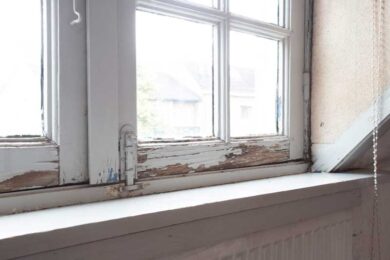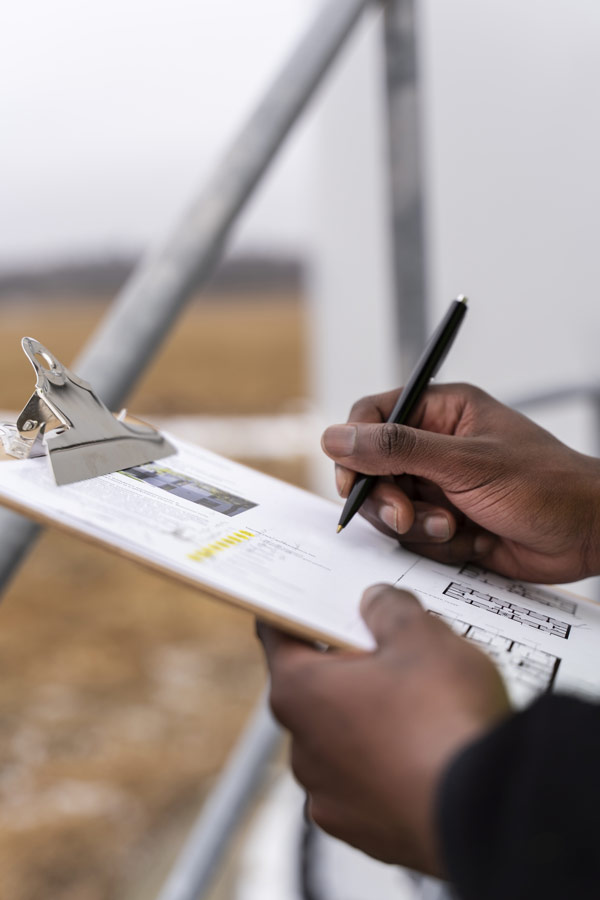Step-by-Step Process for Effective Lead Violation Remediation
Attending to lead offenses requires a thorough and organized strategy to make certain both safety and security and governing conformity. The trip starts with the exact detection and analysis of contamination resources, making use of innovative diagnostic devices. Following this, adherence to federal and state laws is vital to formulating an effective removal strategy. Such a plan must information the certain techniques and timelines for action. The actual removal needs knowledgeable employees to carry out these plans while strictly adhering to security procedures. But what takes place after the removal is completed? The answer exists in comprehending the vital post-remediation strategies that make certain long-lasting safety and area wellness.

Discovery and Assessment
Discovery and assessment are crucial steps in the removal of lead offenses. To ensure an efficient removal process, it is necessary to conduct a comprehensive assessment of the environment where possible lead exposure exists.
When discovery is accomplished, an extensive evaluation must be taken on. This consists of reviewing the level and severity of contamination, as well as identifying populations in danger, particularly children and pregnant women. Risk assessments often involve sampling and research laboratory evaluation, ecological studies, and health and wellness effect research studies. The gathered data should be diligently recorded to sustain the advancement of an effective remediation approach (Lead Violation Removal in NYC).
In addition, it is critical to focus on areas with the highest possible levels of contamination and those that pose the best health and wellness risks. Reliable communication with stakeholders, consisting of homeowner, residents, and public wellness officials, is crucial for making sure that all parties are educated about the searchings for and the subsequent actions required for removal. This initial discovery and assessment phase lays the foundation for a successful lead offense removal process.

Lawful and Governing Compliance
Navigating the landscape of legal and governing compliance is a critical facet of successful lead infraction removal. Conformity guarantees not just the safety and security of afflicted populaces yet also the integrity and lawful standing of the organization responsible for remediation.
This entails precise documentation of all removal tasks to show compliance. Failing to adhere to these regulations can result in severe charges, including large penalties, legal action, and reputational damages.
Engaging legal professionals specialized in ecological legislation can help with browsing these intricacies. Routine training and certification for all employees involved in the remediation procedure are also required to ensure adherence to safety and security and governing standards. By prioritizing lawful and regulative conformity, companies can successfully mitigate risks and achieve a successful remediation end result.
Planning the Removal
Properly planning the remediation of lead offenses begins with an extensive evaluation of the infected website. This data-driven technique guarantees that remediation efforts are suitably targeted and efficient.
When the contamination is mapped, a threat analysis should be carried out to examine possible health risks to people and the atmosphere. Lead Violation Removal in NYC. This analysis needs to consider elements such as exposure pathways, population vulnerability, and environmental influences. The understandings collected will certainly create the basis for picking an appropriate remediation strategy
Subsequently, setting clear, attainable goals for the remediation job is crucial. These purposes should align with regulatory standards and stakeholder assumptions to ensure conformity and area approval. Creating a thorough removal strategy that details approaches, timelines, and resource allotment will help with a structured strategy to the cleaning procedure.
Additionally, it is necessary to engage with stakeholders early and maintain transparent interaction throughout the preparation phase. This includes educating regional neighborhoods, find here obtaining necessary authorizations, and collaborating with regulatory firms to make certain all legal and procedural needs are satisfied. A well-crafted remediation strategy Your Domain Name not just deals with the contamination effectively yet likewise builds trust fund and teamwork among all events included.
Executing the Removal
With a well-structured remediation strategy in position, the emphasis moves to the real execution of the removal activities. This stage includes setting in motion the needed sources, including skilled employees, specific equipment, and high-grade materials. Begin by plainly delineating duties and responsibilities to make certain responsibility and smooth coordination amongst employee.
The first step in implementation is to secure the site. This consists of setting up containment locations to avoid lead dirt and particles from spreading, in addition to using air filtering systems to keep air quality. Next, wage the elimination of lead-based materials. Utilize techniques such as damp scraping, chemical stripping, or encapsulation, depending upon the severity and location of the contamination. It is critical to follow security methods, consisting of using individual safety equipment (PPE) and proper disposal of harmful products.
Throughout the removal procedure, conduct routine examinations and air top quality monitoring to guarantee compliance with regulatory standards. Effective communication with stakeholders, including homeowner and owners, is critical to maintain them educated of development and any type of unforeseen advancements. By carefully following these steps, the removal tasks can be carried out effectively and successfully, eventually mitigating lead risks.
Post-Remediation Strategies
Post-remediation strategies play an essential duty in making sure the long-lasting success of lead offense removal efforts. These strategies incorporate recurring tracking, maintenance, web link and area education and learning to avoid future lead exposure and make certain a risk-free atmosphere.
First, normal tracking is vital. This involves routine testing of the formerly impacted areas to make certain that lead levels remain within risk-free limits. Homeowner should develop a schedule for these examinations, ideally in cooperation with licensed ecological experts.

Third, enlightening the neighborhood plays a pivotal duty in sustaining the advantages of remediation. Citizens and residential or commercial property supervisors ought to be educated regarding the threats of lead exposure and the most effective practices for keeping a lead-safe environment. Workshops, informative pamphlets, and neighborhood conferences can be effective devices for sharing this info.
Verdict
Successful lead violation remediation needs a detailed, organized strategy incorporating discovery and analysis of contamination, adherence to lawful and governing criteria, thorough preparation, and reliable implementation of removal initiatives. This methodical process highlights the significance of thoroughness and watchfulness in dealing with and reducing lead contamination.